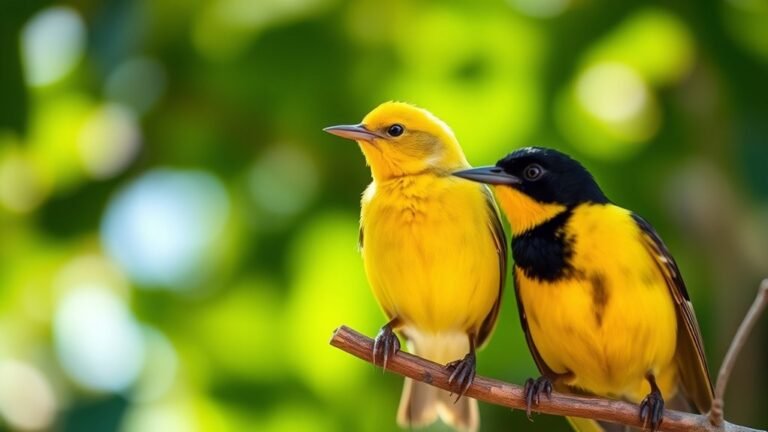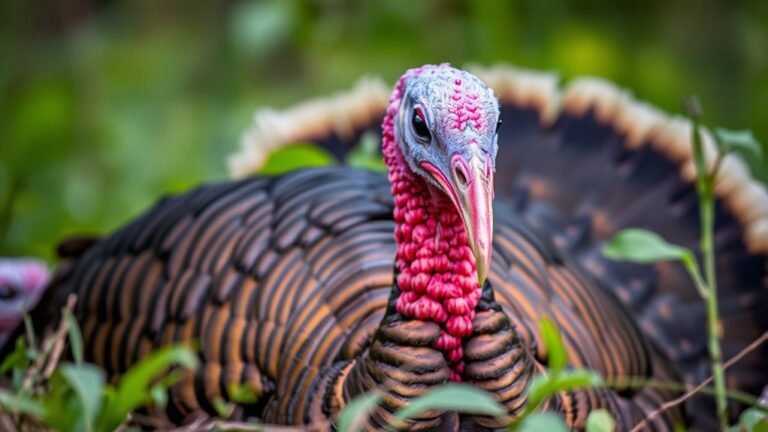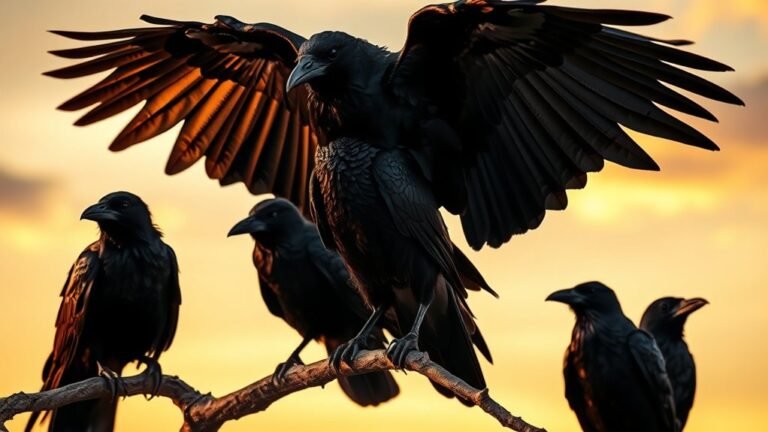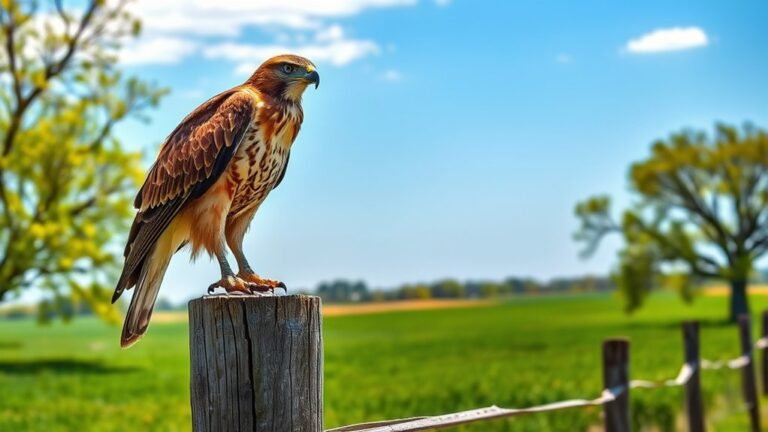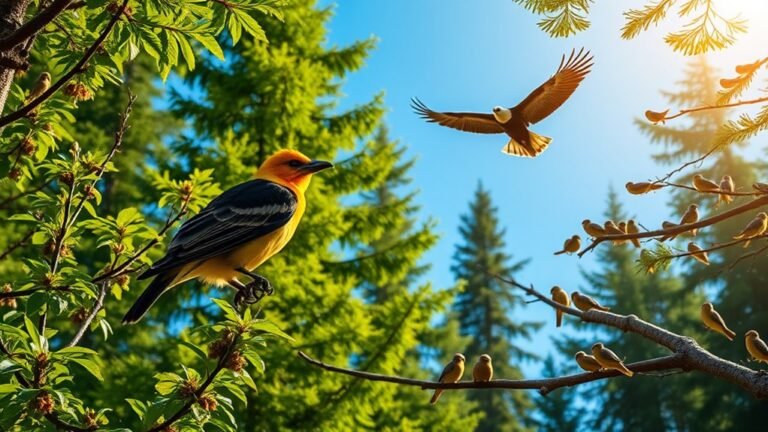Types of Owls: An Overview of Species
Owls are interesting birds, and each kind has special traits that help them survive. For example, the Eastern Screech Owl is small and can blend into its surroundings, while the Great Horned Owl is big and strong.
These birds hunt food at night and they have great hearing and vision. They play important roles in nature by keeping the number of small animals in balance.
As you read more about owls, you'll learn about their unique behaviors, how they hunt, and how they adapt to their homes. It's amazing to think about how these creatures thrive in different environments!
A Quick Overview
Types of Owls: Fun Facts About These Amazing Birds
- Eastern Screech Owl: This little owl is good at adapting to different places. It makes funny trilling and whinnying sounds. Its feathers help it hide very well in the trees.
- Great Horned Owl: These owls are strong hunters. They have pointy tufts on their heads like horns. With sharp eyesight, they spot food easily and eat many kinds of animals.
- Barn Owl: Barn Owls have a special heart-shaped face. They hunt quietly at night and can see well in the dark. Unfortunately, they are losing their homes, so we need to help protect them.
- Snowy Owl: Snowy Owls live in the Arctic. They are mostly white, which helps them blend in with the snow. They are great hunters and can catch food even in tough weather.
- Barred Owl: This owl has a playful hooting call and can live in many places. It likes old forests and areas near water where it can find food easily.
Owls are fascinating birds with unique features and habits. Each type has its own special traits that make them fun to learn about!
The Eastern Screech Owl: Adaptable and Agile
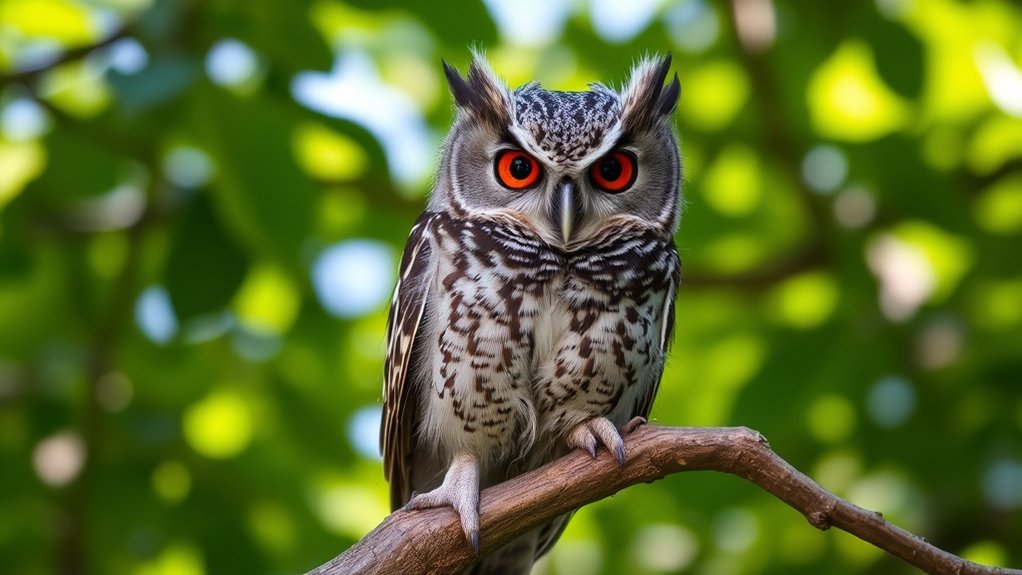
The Eastern Screech Owl is a small bird of prey that can live in many different places. You can find it in cities, woods, and parks. This owl is good at adapting to its surroundings.
It also communicates well with its sounds. The owl makes different calls, like trilling and whinnying, to talk to other owls. These calls help it mark its home and find a mate.
Understanding these sounds can help you appreciate the owl's role in nature. The Eastern Screech Owl blends in with its environment. This helps it feel like it belongs and allows you to spot this amazing bird.
Watching this owl can be a fun experience, showing its strength and beauty in nature.
The Great Horned Owl: The Apex Predator

The Great Horned Owl is an impressive bird. It has big tufted ears that look like horns. This owl is strong and can hunt in many places, like forests and cities. Its sharp eyes and excellent hearing help it find food even in low light.
The Great Horned Owl eats a wide variety of things. It enjoys small animals, birds, and sometimes even larger creatures like foxes. This variety shows why it's an important predator in nature. It helps keep the balance in its environment.
When you see a Great Horned Owl hunting, it can be quite a sight. Its movements are both graceful and powerful.
People often feel amazed by its beauty and skills. Observing this owl in the wild is a special experience that many cherish.
The Barn Owl: Masters of Silence
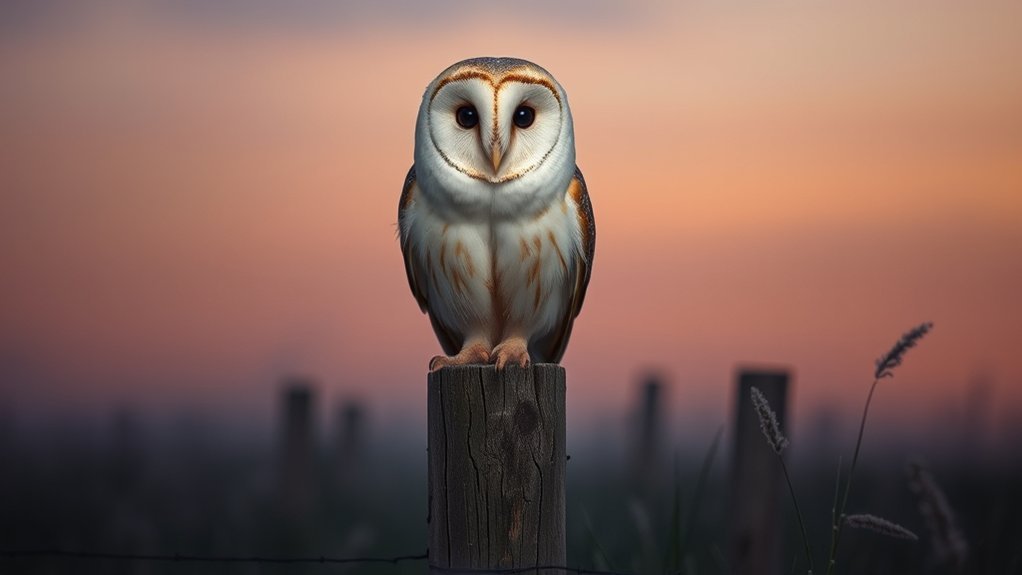
Barn Owls have a special heart-shaped face that makes them easy to recognize.
They're quiet hunters, flying silently through the night. Their feathers are unique; they help reduce noise when they fly. You can often find Barn Owls in open fields and old buildings where they hunt small mammals.
These owls have excellent hearing and can see well in the dark. This helps them find food even when it's pitch black outside.
However, Barn Owls face some dangers. Many of them are losing their homes due to development and pesticide use. We need to help protect their habitats so they can survive.
Learning about Barn Owls helps us appreciate wildlife and reminds us why conservation is important for these beautiful birds.
Let's work together to ensure they can thrive in the wild!
The Snowy Owl: Arctic Hunter
Snowy Owls are amazing birds that live in the icy Arctic. They've beautiful white feathers and bright yellow eyes.
They're very good hunters and have special ways to catch their food. Here are three important hunting skills they use:
- Blending In: Their white feathers help them hide in the snow. This way, they can surprise their prey.
- Great Hearing: Snowy Owls can hear tiny animals hiding under the snow. They use their sharp ears to find lunch.
- Strong Eyesight: Their powerful vision lets them see food from far away. This helps them hunt better.
Snowy Owls aren't just pretty; they're also smart hunters!
The Barred Owl: The "Who-Cooks-For-You?" Bird
The Barred Owl is a cool bird found in North American forests. You can recognize it by its hooting call, which sounds like "Who-cooks-for-you? Who-cooks-for-you-all?" This owl likes to live in old woods close to water, where there's plenty of food around.
Barred Owls are very good at adapting. They can live in thick forests and even in suburbs. If you watch them, you might see how they hunt. They stay very quiet, and then they swoop down to catch small animals or birds.
Hearing their call is special. It makes you feel connected to nature. When you see these owls, you can learn a lot about the lively world of plants and animals they share their home with.
The Long-eared Owl: Stealthy and Elusive
The Long-eared Owl is a special bird. It's hard to see because it hides well. This owl lives in many places, like thick forests and open woodlands. It hunts mostly at night when it's quiet and sneaky.
Here are some cool features of the Long-eared Owl:
- It has long ear tufts. These help it blend in with trees and bushes.
- It can fly silently. This means it can sneak up on its food without being heard.
- It's very agile in the air. This helps it turn quickly when it needs to catch prey.
These traits make the Long-eared Owl a hidden predator. It mainly hunts small mammals.
If you get the chance to watch one in its habitat, you'll see how amazing it's and how important it's to nature.
The Burrowing Owl: Ground-Dwelling Uniqueness
The Burrowing Owl is a special kind of owl. Unlike most owls that sit high in trees, these little birds live on the ground. You can spot them in grassy areas and deserts. What makes them unique is their burrowing behavior. They often make their homes in old burrows left by other animals. This gives them a safe place to hide from predators.
Burrowing Owls love to eat bugs and small animals. Their small size and round faces make them quite charming, so many birdwatchers enjoy seeing them.
Learning about how Burrowing Owls live helps us understand their important place in nature. They show us how different animals adapt to their environments. Discovering more about them connects us to the amazing variety of life on Earth.
Frequently Asked Questions
What Do Owls Typically Eat in the Wild?
Owls eat small mammals, birds, and insects. They are great hunters with special skills. Owls can fly quietly and see well at night. These abilities help them find food in different places. Watching how owls hunt shows how they survive in the wild.
How Can You Identify an Owl by Its Calls?
You can identify an owl by its calls. Each owl species has its own unique sounds. If you listen closely, you can tell which owl is nearby. This can make your time in nature even more enjoyable. Owls have different pitches and rhythms in their calls. Some might hoot, while others can make screeching sounds. Pay attention to these differences, and you might be surprised by what you hear. So next time you're outside, stop and listen for owls. It can be fun to spot them by their voices!
What Habitats Do Different Owl Species Prefer?
Owls live in many different places. Some like thick forests where they can hide and hunt. Others are found in open savannas where they can see far and swoop down on their prey. Watching how they act in these places shows us how they stay alive and thrive. Each type of owl has its own favorite home that helps it survive.
Are Owls Solitary or Social Animals?
Owls are mostly solitary animals. They like to be alone when they hunt for food. However, some owls do enjoy being social, especially when it is time to mate. Knowing these details about owl behavior can help you appreciate their interesting lives even more.
How Do Owls Adapt to Changing Environments?
Owls adjust to changes in their environment by changing how they hunt and where they build their nests. When the weather or surroundings shift, owls find new ways to find food and safe places to live. This ability to change helps them thrive in their homes. Each time we see an owl, we are reminded of how smart and resourceful nature can be.

Luna is the passionate founder and author of Birds and You, a website dedicated to sharing her love for birds with fellow enthusiasts. Through her engaging articles and guides, she aims to educate and inspire others to explore the fascinating world of birds. When she’s not writing, you can find Luna observing birds in their natural habitats or sharing beautiful bird photography on Pinterest. Join her on this journey to celebrate and protect our feathered friends!


